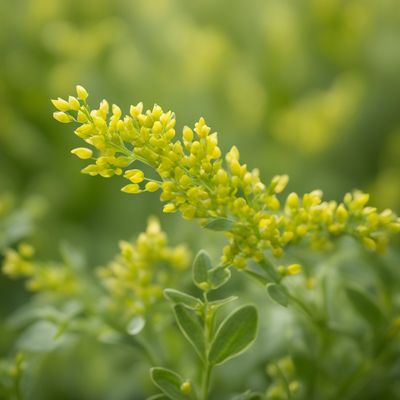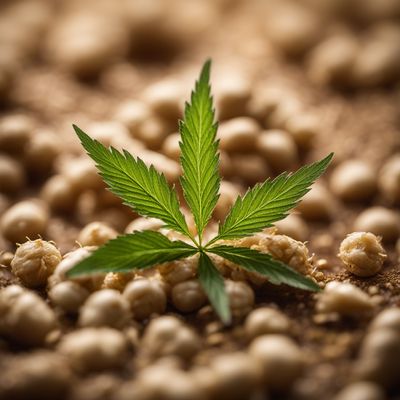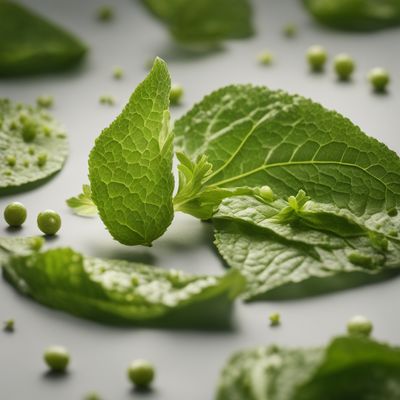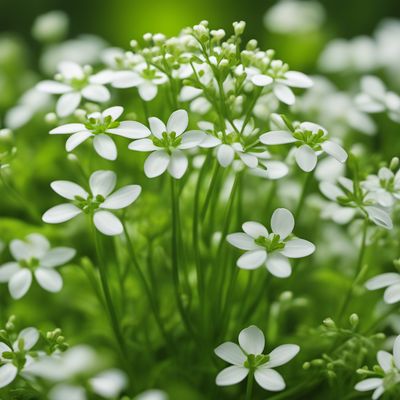
Ingredient
Horse-chestnut infusion leaves
The Healing Power of Horse-Chestnut Infusion Leaves
Horse-chestnut infusion leaves are characterized by their vibrant green color and distinctive shape, with serrated edges and a glossy appearance. They have a slightly bitter taste and a subtle nutty aroma. When brewed into a tea, they release a soothing and earthy flavor that is often enjoyed for its potential health benefits.
Origins and history
Horse-chestnut infusion leaves have a long history of medicinal use, particularly in traditional European herbal medicine. They are native to the Balkan Peninsula and have been used for centuries to support vascular health and alleviate symptoms of conditions such as varicose veins and hemorrhoids. These leaves were also believed to possess anti-inflammatory and antioxidant properties.
Nutritional information
Horse-chestnut infusion leaves are a good source of antioxidants and contain compounds such as flavonoids and saponins. They are also known to have anti-inflammatory properties and may support vascular health. However, it is important to note that these leaves should be consumed in moderation and under the guidance of a healthcare professional due to their potential toxicity if not prepared properly.
Allergens
May contain traces of nuts.
How to select
When selecting horse-chestnut infusion leaves, look for fresh, vibrant green leaves that are free from blemishes or discoloration. Avoid leaves that appear wilted or have a yellowish hue. Opt for organic or sustainably sourced leaves whenever possible to ensure the highest quality and minimize exposure to pesticides or other contaminants.
Storage recommendations
To maintain the freshness and quality of horse-chestnut infusion leaves, store them in an airtight container or resealable bag in a cool, dry place. Avoid exposure to direct sunlight or moisture, as this can cause the leaves to lose their flavor and potency. Proper storage can help extend their shelf life for several months.
How to produce
Horse-chestnut trees can be grown from seeds or saplings. They require well-drained soil and a sunny location to thrive. However, it is important to note that horse-chestnut trees are large and may not be suitable for all home gardens or spaces.
Preparation tips
To prepare horse-chestnut infusion leaves, simply steep a handful of leaves in hot water for 5-10 minutes to make a soothing herbal tea. You can also infuse them in oil or vinegar to add a unique flavor to dressings or marinades. Remember to strain the leaves before consuming or using in recipes to remove any debris or impurities.
Culinary uses
Horse-chestnut infusion leaves are commonly used to make herbal teas or infusions. They can also be used to infuse oils or vinegars for added flavor in dressings or marinades. Additionally, these leaves are sometimes used in traditional European cuisine to enhance the taste of certain dishes or desserts.
Availability
Balkan Peninsula, Europe
More ingredients from this category » Browse all

Walnut infusion leaves
The Essence of Walnut Infusion Leaves

Moldavian dragonhead infusion leaves
The Aromatic Elixir: Moldavian Dragonhead Infusion Leaves

Alfalfa infusion leaves
The Green Powerhouse: Alfalfa Infusion Leaves

Damiana infusion leaves
The Elixir of Love: Damiana Infusion Leaves

Yellow sweet clover infusion leaves
Golden Elixir: Unveiling the Magic of Yellow Sweet Clover Infusion Leaves

Hemp infusion leaves
The Healing Power of Hemp: Unveiling the Potential of Infusion Leaves

Chiretta infusion leaves
The Bitter Elixir: Unveiling the Power of Chiretta Infusion Leaves

Norway spruce infusion leaves
The Forest's Elixir

Echinacea infusion leaves
The Healing Power of Echinacea

Ironwort infusion leaves
The Herbal Elixir: Unveiling the Wonders of Ironwort Infusion Leaves

Muña infusion leaves
Andean Mint Delight

Sweet woodruff infusion leaves
Fragrant Elixir: Exploring the Delights of Sweet Woodruff Infusion Leaves